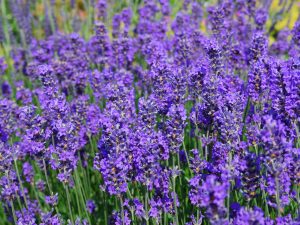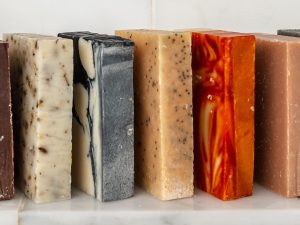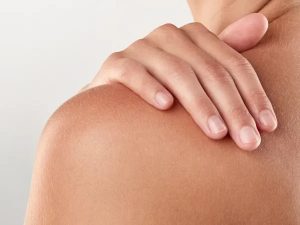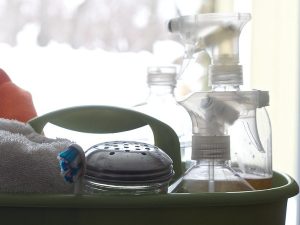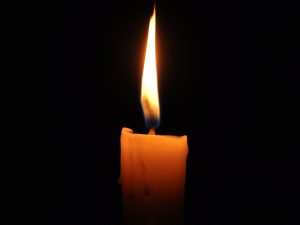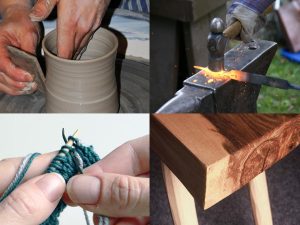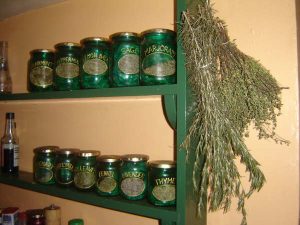Essential oils - introduction
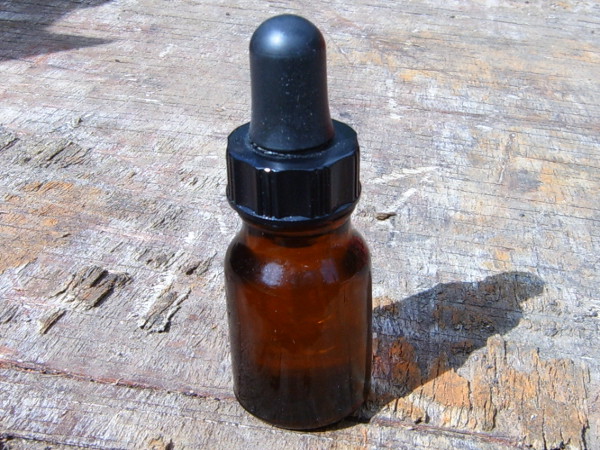
“By producing your own essential oils you can be sure of exactly how they’re produced, how fresh they are, their source, and that they haven’t been adulterated.” – Daniel Coaten
Contents
What are essential oils?
An essential oil is a highly-concentrated aromatic liquid, composed of chemicals that are relatively non-soluble in water, and that evaporate with ease. They are produced from either a fresh or dried plant source (e.g. flowers, leaves, seeds, roots, fruits or bark) by means of distillation, using a still. Many essential oils are non-oily, though most have an oily feel to them when applied to the skin.

Essential oils capture not only the fragrance of the herb that they are distilled from but also many of the medicinal properties. This has produced a field of complementary medicine known as aromatherapy, where individual prescriptions of essential oils are blended and incorporated into creams, salves, massage blends etc, to meet the unique needs of the patient.
The scent of essential oils can stimulate parts of the limbic system – the oldest area of the brain, that controls emotions and long-term memory (which is why smells can often trigger strong feelings of nostalgia). The use of essential oils can help to maintain health, and complement conventional medicine, but not replace it – especially in the case of serious illnesses. However, they can provide relief for irritating symptoms such as headaches, rashes or insomnia. Tests have shown small positive results for these kinds of problems; but for serious health conditions, consult your doctor.

The fact that some plants have antiseptic or healing properties doesn’t require a leap of faith. Plants do have powerful properties – some of them healing, and some of them damaging (like nettles). Making essential oils is a way of condensing these properties and incorporating them into creams, lotions, balms and other skin-care and medicinal products. For example, eucalyptus oil has been used for years to clear airways in cases of flu, colds and congestion. Aromas can either relax or stimulate, depending on the plant source – like incense.
Very basic method of producing lavender oil and distillate water.
Although essential oils are produced from plant materials they are nevertheless highly concentrated medicinal products and should never be taken internally or applied to the skin neat. It’s advised that anybody thinking of using essential oils medicinally should first consult a local qualified aromatherapy practitioner (look for the letters MIFPA after their name to ensure quality of practice).
But quite apart from any potential health benefits, these oils can be put to many other uses (see below).

What are the benefits of essential oils?
Better than using the alternatives
They are natural, non-toxic and biodegradable, unlike many of the synthetic alternatives that cause environmental damage and pollution in their manufacture and use.
Some have antimicrobial properties (e.g. Damask rose), and can be used instead of environmentally-damaging pesticides or fungicides.
Making lemon essential oil using steam distillation.
Making your own is even better
We always think that DIY is good – you can gain new skills, save money, learn a lot, have fun, and perhaps even start a small business. Other benefits of making your own could be:
- Saving on transport fuel
- Knowing that your products are pure
- Taking the production of essential oils out of the hands of a few giant cosmetics companies
- Not having to rely so much on drug companies to maintain health
- Ensuring that the herbs used to make your oils are fresh, and grown organically

What can I do?
First, learn as much as you can. Here’s a free pdf of our book, Make Your Own Essential Oils & Skincare Products.
Using essential oils
Each essential oil has its own distinct properties (e.g. stimulant, antiseptic, anti-inflammatory, relaxant) that can sometimes help improve the body’s natural functioning and so help alleviate and prevent disease. As with herbal medicine, it’s rare that a single essential oil is used to treat a particular patient. By carefully combining different oils to form a unique prescription, the effects have been found to be greater than by using each of the essential oils individually.
Making essential oils on a larger (but still hands-on rather than industrial) scale.
Essential oils capture the aroma of the herb they are distilled from, and so many people like to use them as natural room fresheners / deodorisers by gently heating them in specially-designed oil burners, or incorporating them into candles.
Other uses:
- soaps
- moisturisers
- household cleaners
- insect repellent
- washing-up liquid
- shower gels
- shampoos
- natural pesticides
- increased libido
- first aid
- perfumes
- cosmetics

Buying essential oils
See resources for suppliers. But – the quality of many commercially-produced oils is not as high as it could be. Many of them are ‘perfume grade’ or adulterated with other oils or synthetic chemicals to meet the highly-standardised needs of the fragrance and flavour industry. These second-rate oils do not have the full therapeutic effect that ‘clinical grade’ oils do. If you purchase oils for medicinal use from commercial producers, ask for proof of quality control measures employed; better still, have a go at producing your own.

Making essential oils
If you have the right distillation equipment, you can make your own essential oils at home, and from them, your own skin-care products such as creams, ointments, balms, lotions, tinctures and gels.
Thanks to Daniel Coaten for information.

